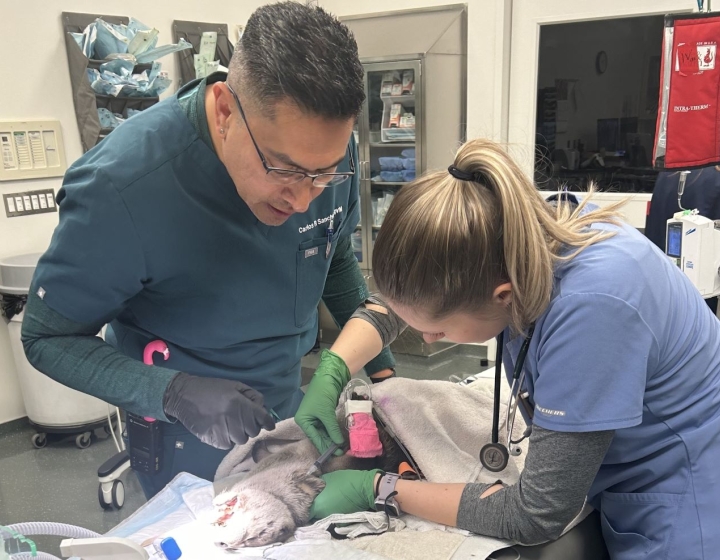Zachary Dvornicky-Raymond ’15, D.V.M. ’19 publishes study on pregnancy detection in wild ruminants
Thursday, April 22, 2021 - 1:23pm
Note: This news item features content from another page. View the featured content for this news item.






